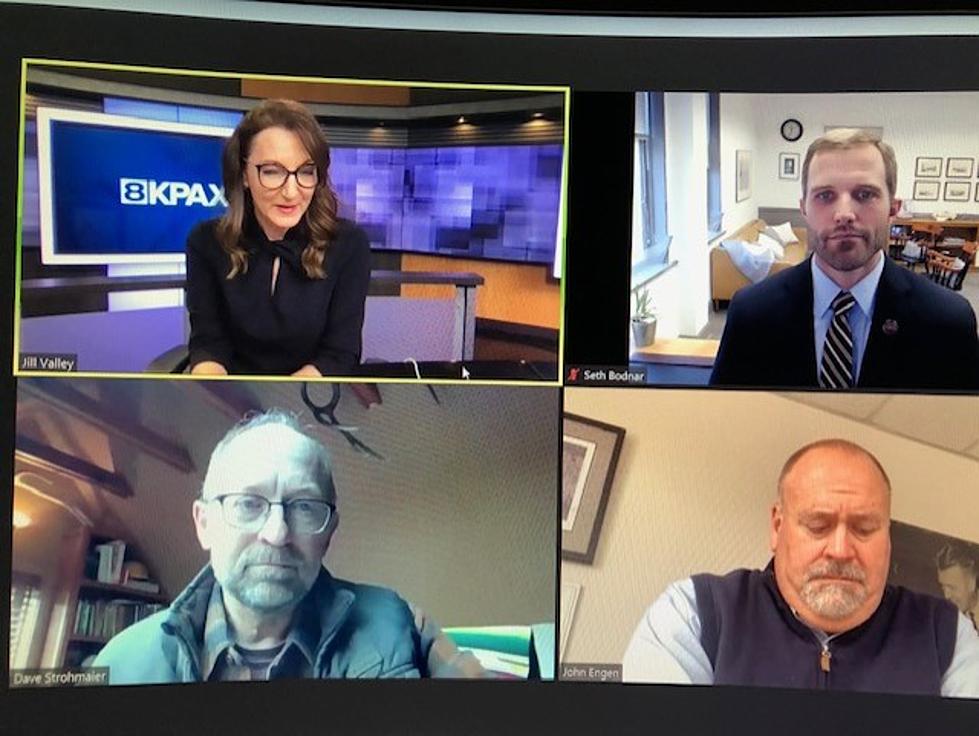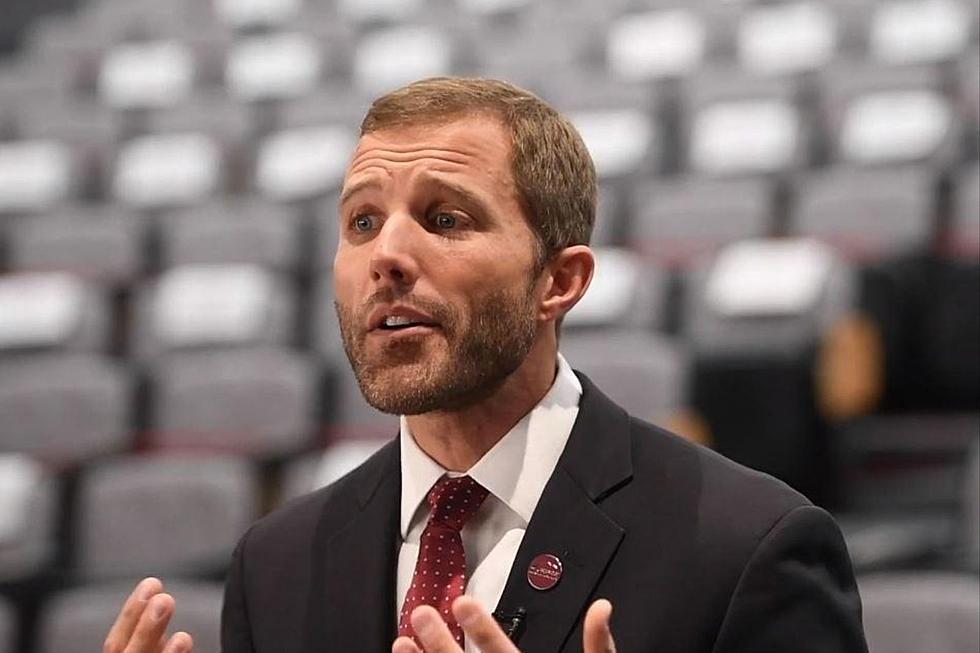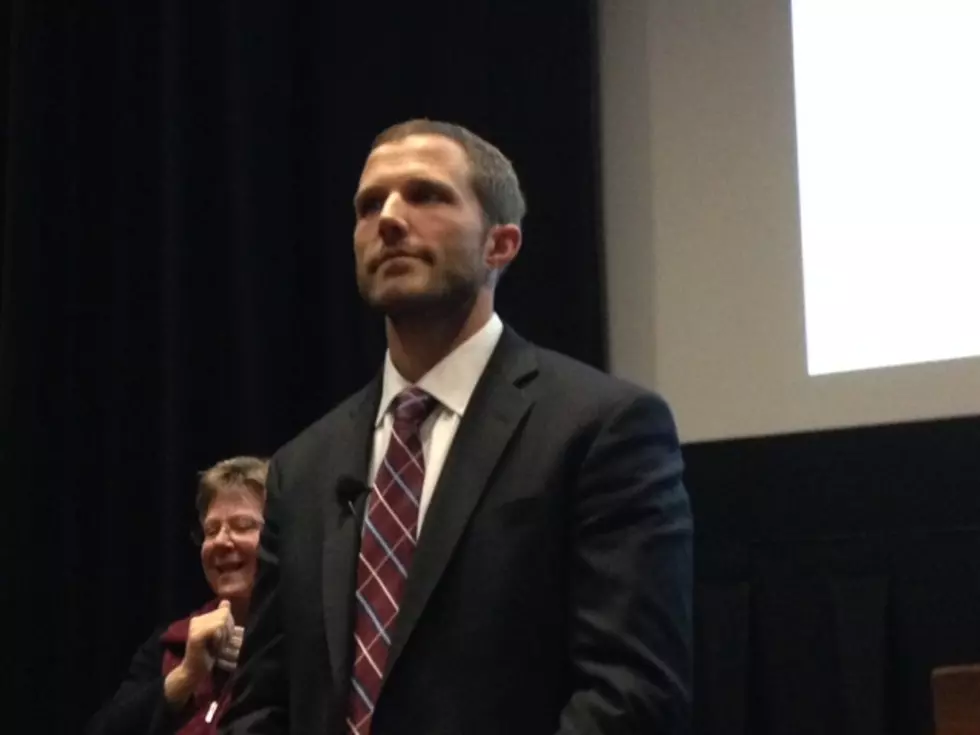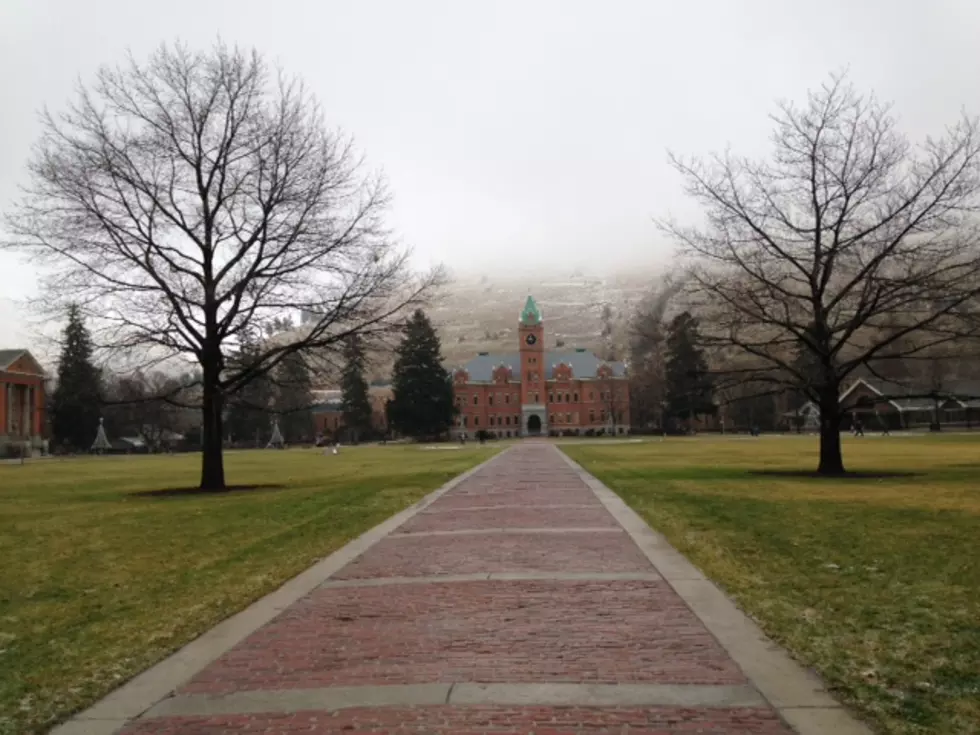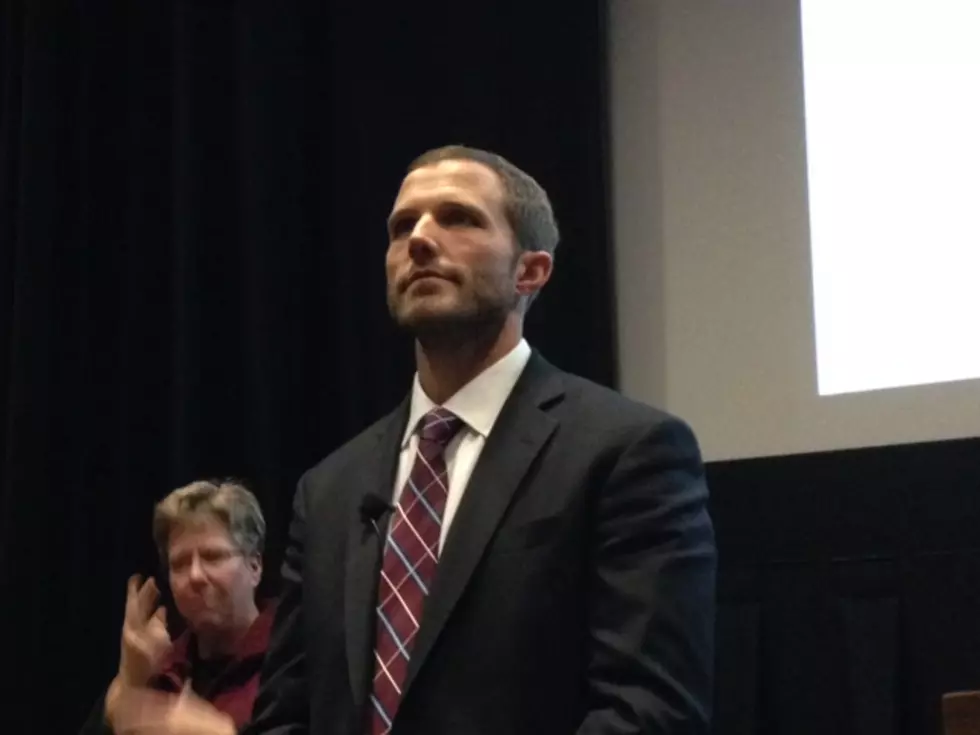
UM President Holds Fireside Chat About Issues such as Enrollment
In a room with no fireplace, UM President Seth Bodnar held a virtual ‘Fireside Chat’ with ZOOM participants on Wednesday evening.
Bodnar provided updates on how the University has been dealing with the challenges of COVID 19 and also addressed the issue of reduced enrollment, a fact that colleges and universities around the world are facing.
Bodnar said enrollment has two main challenges, attracting new students and retaining present students.
One of the challenges of the University of Montana that occurred from 2011 to 2018 was that we saw our first or second year retention rate at this institution decrease a full seven percentage points. So the number of students that came back for their second year declined seven full points,” said Bodnar. “And so we made it a focus. Yes, we've got to focus on bringing in a larger class but we’ve got to help students who come here succeed more effectively.”
President Bodnar said the efforts of UM staff helped to right the ship pertaining to student retention.
“I'm proud of the efforts that this team has done,” he said. “ In the fall of 2019, after putting in a year's worth of effort we saw retention increase three to four percentage points, so we clawed back nearly half that loss in one year. Heading into this fall, we were worried, oh boy, what's going to happen in the midst of this pandemic, and actually, we saw retention increase again, another three full percentage points. So, a six full percentage point gain in just two years.”
Bodnar addressed the number of students enrolled presently on campus in terms of percentages, rather than in numbers.
“We worked really hard to make sure we had some in person instruction for this fall; that we were open,” he said. “We saw a smaller freshman class but outperformed national averages our overall enrollment this year at the mountain campus or the four year campus was down in the neighborhood of 4%. Two year campuses nationally saw much more substantial decline. So overall UM was down in the neighborhood of five-ish percent, not what we were hoping for back in February, of course, but relative to what we feared mid summer, we felt pretty good about that.”
Bodnar said reduced enrollment has a domino effect, in that with fewer students, cuts must be made in faculty and staff, as well.
“Certainly it presents some challenges for us budgetarily,” he said. “I think higher education institutions across the country are facing significant budget shortfalls, not just from an enrollment piece but all of our auxiliary revenues, such as athletics and all the performances.” “In our College of Arts and Media, a lot of the funding for instruction in those areas comes from the performance revenues that they generate.”
According to UM spokesman Dave Kuntz, "The enrollment numbers aren't final, however there are just under 10,000 students currently enrolled," said Kuntz. "There were 10,015 students enrolled when the last census was taken, but a handful of them dropped out during the semester and didn't finish. Also, there are currently 839 students currently enrolled in the winter session term, which is a five-week term that takes place between the Fall and Spring Semesters."
In a related story, UM History Professor Mehrdad Kia appeared on the KGVO Talk Back program this week, and one of the first issues he presented was the result of how reduced enrollment has affected a colleague at the university.
“This is a process apparently caused by budgetary issues with the decline in enrollment. Some of our colleagues who have been there for a long time are being told that they're not going to be there with us anymore,” said Kia. “Among them is a very good colleague, Dr. Zhen Cao, who joined us (on Talk Back) for programs on China.”
Kia spoke in glowing terms about Dr. Cao.
“He has taught at the university for the last 31 years and I think anybody who knows anything that these days to have a curriculum without China, Chinese culture, Chinese history, Chinese economy, and Chinese finances is not really a serious curriculum,” he said “And of course after 31 years of teaching at the University our friend is was one of the people who received this notice.”
Kia appealed to the administration and students to lobby on behalf of Dr. Cao so that he might retain his position at UM.
“We are hoping that with the help with all the distinguished administrators that we have, we can actually change this decision and make sure that wonderful and outstanding faculty members such as Dr. Cao stay with us, especially because students love him, students pour through his classes, and we want to make sure that we maintain the richness and the global and international dimensions of our course offerings.”
Kia again asked the entire university community to appeal to the administration to keep Dr. Cao as part of the faculty.
“I am asking folks who care for the university and who stand with University of Montana, not just to stand at the university during Griz games and during Lady Griz basketball or men's basketball, whom we love. I love them. I go to those games, but also to stand with academics, and help and support individuals such as our very good colleague Dr. Cao.”
How to Sew a Face Mask
More From Newstalk KGVO 1290 AM & 98.3 FM

